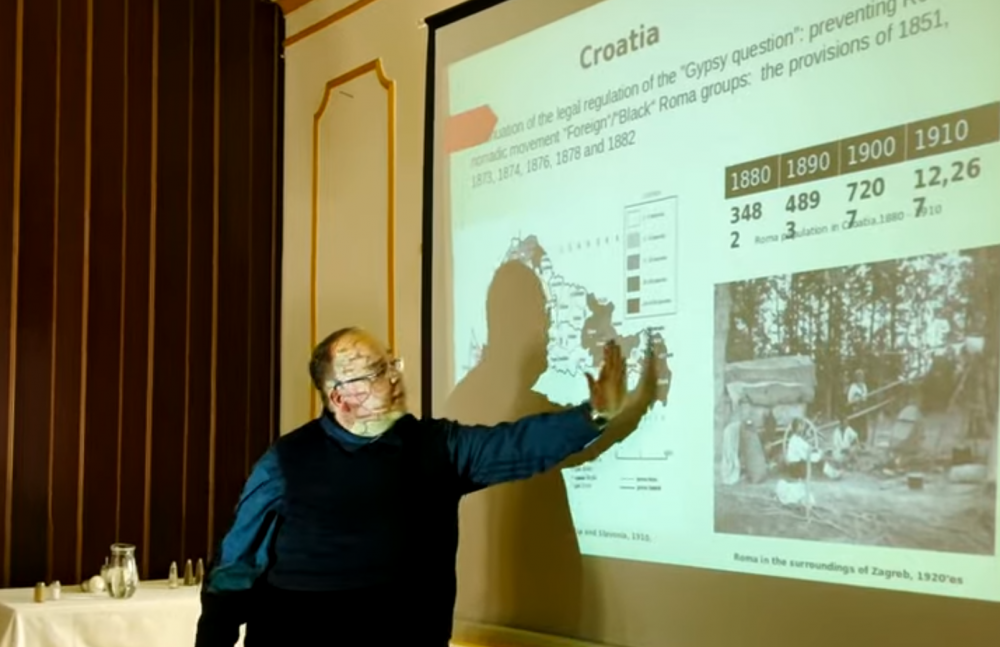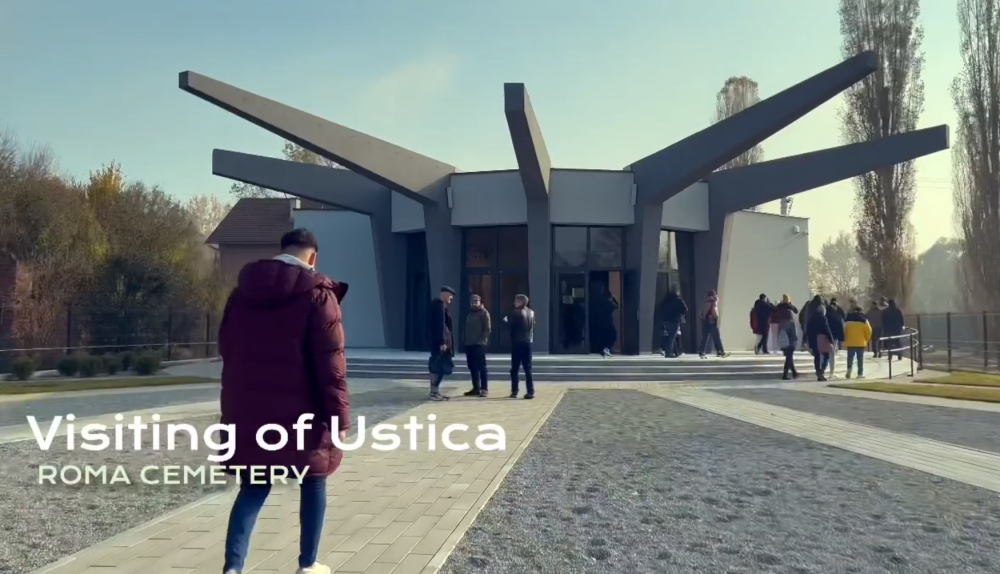After an unsolicited break due to the global Covid-19 pandemic, in 2021 we managed to return to international meetings in full scale. We were happy to meet our participants during the meeting of Dikh He Na Bister in Auschwitz in August 2021, and later that year we successfully pioneered another meeting into our calendar. From 28th of October till 3rd of November 2021 we organized a five-day “Training of trainers” for experienced Sinti and Roma and non-Roma trainers, educators, youth activists.

Training was focused on remembrance and education about the genocide of Sinti and Roma during the World War II. The training was based on non-formal education methods, including working groups to share experiences and practices, training of trainers in methods and facilitation approaches, working groups to develop initiatives, and reflection and evaluation sessions.
The training included a visit to the Jasenovac Memorial and Museum and development of new approaches for youth work on memory education at historical sites. The trainers had the opportunity to test their methods and build their capacity to implement concrete Holocaust and human rights education activities in their own local settings.
During this training were developed new formats and methods of Holocaust education at historical sites, in particular by building on the “Voices of the Victims” section of the “RomArchive” – the digital archive of Sinti and Roma. The online archive has made several sources/testimonies from Croatia and the Western Balkans accessible, which could be used to create new educational formats and tools. The participants will test new creative tools and methods during the training-course in cooperation with educators and artists. RomArchive (www.romarchive.eu) creates an internationally accessible, reliable source of knowledge on the Internet, which counters stereotypes and prejudices with facts.

The story of the genocide committed against the Romani minority is usually told from the perspective of perpetrators or by standers. During the meeting in Zagreb the narrative of the genocide was told exclusively from the perspective of the victims. Sources which are available in the archives can establish counter-narratives for Roma youth trainers to use in their educational work. A visit to the Jasenovac Memorial Museum provided an opportunity to learn more about the genocide of Sinti and Roma in West Balkans.
We outlined possible future cooperation in the field of historical research and educational projects about the Roma prisoners in the Jasenovac concentration camp. During the training participants were joined by Danijel Vojak from the Institute of Social Sciences Ivo Pilar, who delivered a lecture about the persecution and genocide of Sinti and Roma in the West Balkans.

Moreover, in cooperation with our partners in Jasenovac Memorial Museum as well as Future Memory Foundation our participants had an opportunity to try out a new digital tool in the form of augmented reality. Considering the fact that colleagues in Jasenovac Memorial Museum have been using this AR digital tool only briefly, our cooperation provided a valuable feedback about the functionality and applicability of it in the educational process.

Following the historical lecture was a personal story of Irvin Mujčić. Irvin Mujčić shared his personal story he experienced as a young boy in Srebrenica. Along with his family he was forced to escape, his father unfortunately did not succeed and perished along with thousands other men.

The project is funded by the EVZ Foundation and the Federal Foreign Office as part of the program YOUNG PEOPLE remember.



